8 Health Benefits Of Pistachios
Seeds of the Pistacia vera tree, pistachios are tasty, fun to eat, and super good for you!
Popular in many dishes – including ice cream – pistachios aren’t new on the scene. In fact, they’ve been a snack of choice since 7000 BC! [1]
That’s good news, because these nuts contain many nutrients and compounds that can support your health.
Here are 8 reasons you should be snacking on pistachios.
1. They’re packed with nutrients
It’s always good to know that you’re giving your body a wide range of beneficial nutrients when snacking on something. This is definitely the case with pistachios. [2]
Here’s what you’re giving your body when you eat a 1-ounce serving (or about 49 pistachios):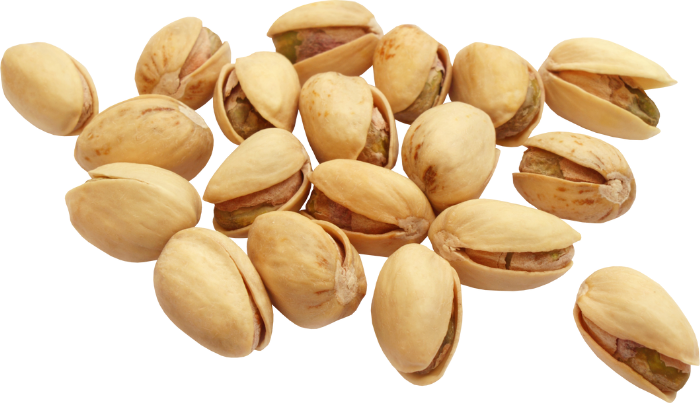
- Calories – 159
- Carbs – 8 grams
- Fiber – 3 grams
- Protein – 6 grams
- Fat – 13 grams (90% are unsaturated fats)
- Potassium – 6% of the Reference Daily Intake (RDI)
- Phosphorus – 11% of the RDI
- Vitamin B6 – 28% of the RDI
- Thiamine – 21% of the RDI
- Copper – 41% of the RDI
- Manganese – 15% of the RDI
Pistachios contain more vitamin B6 than many other foods. This is an important nutrient responsible for blood sugar regulation and helping the blood deliver oxygen to the rest of the body.
But pistachios aren’t only loaded with nutrients. They contain other beneficial compounds as well…
2. They contain a lot of antioxidants
Antioxidants are crucial for a healthy lifestyle. They neutralize free radicals – unstable cells caused by both environmental toxins and natural bodily processes – and prevent the damage they cause.
When it comes to nuts, pistachios come third – behind walnuts and pecans – in antioxidant richness.
Research has found that those who regularly eat pistachios have more antioxidants in their bodies than those who aren’t snacking on them. [3]
This includes two important antioxidants – lutein and zeaxanthin – which pistachios are particularly high in. These antioxidants play an important role in proper eye function. They help protect your eyes from damage, including a condition called macular degeneration where the central vision is impaired or lost. [4, 5, 6, 7]
Additionally, pistachios are high in polyphenols and tocopherols, antioxidant groups that have been shown to help lower the risk of certain diseases. [4, 8]
What’s great about pistachios is that the antioxidants found within tend to be very bioavailable – meaning your body is more likely to absorb them when coming from pistachios. [9]
3. High in protein, low in calories
Not only are pistachios nice and high in protein, that protein count comes with low calories. In fact, when it comes to nuts, it’s among those with the lowest amount of calories.
For example, a 1-ounce serving of walnuts contains 185 calories, the same serving size of pecans adds up to 193 calories, whereas for pistachios it’s only 159 calories.
Protein makes up 20% of pistachio’s weight, making it the second most protein-rich nut. Almonds are first.
Pistachios come in at number one with amino acids, the building blocks of protein. They contain more essential amino acids than any other nut.
This is important because your body can’t make essential amino acids, meaning you need to source them from foods like pistachios.
4. May support weight management
Nuts are among the most weight-loss friendly foods out there. Pistachios are no exception. 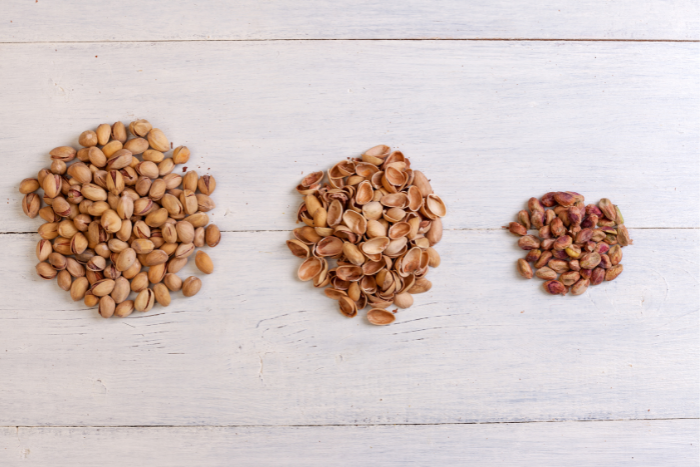
Pistachios are filled with fiber and protein, two things which can help you feel more full, helping you take in less calories. [10, 11]
One study had participants in a weight-loss program have an afternoon snack of either pistachios or pretzels. The group which had the pistachios saw twice the reduction in body mass index than those eating pretzels! [12]
Another study found that those who consumed 20% of their calorie intake from pistachios over a 24-week period saw an additional 0.6 inches (1.5 cm) reduction in their waistline versus those not eating pistachios. [13]
Researchers theorize that this may be because the fat content in nuts is not fully absorbed by the body. Studies have shown the lack of fat absorption which comes from nuts. [4, 14, 15]
On top of that, pistachios – and other nuts – allow for more mindful eating. Removing the shell from each nut gives time between each bite, providing better digestion. The pile of shells is also a visual for how much has already been eaten. One study showed that those who snacked on shelled pistachios consumed 41% fewer calories than those eating pistachios without the shell. [16, 17]
5. Promotes healthy gut bacteria
The bacteria in your gut plays an important role in overall health, impacting immune function and disease risk. [18]
This is why you want as much good bacteria in your gut as possible. Thankfully, pistachios can help here, too.
Pistachios are full of fiber, which actually feeds the good bacteria in your gut, allowing them to thrive. Gut bacteria can also ferment this fiber, turning it to short-chain fatty acids, which have several health benefits, including lowering the risk of disease. [19, 20]
One of these short-chain fatty acids is butyrate, which has been shown to be especially prominent following pistachio consumption. Butyrate is beneficial for gut health, brain health, and the prevention of certain diseases. [21, 22]
6. May lower cholesterol and blood pressure
Pistachios can benefit the heart in several ways.
One way is due to its rich antioxidant profile, which has been shown to reduce the risk of heart issues. [23]
Pistachios themselves have been shown to protect the heart, with several studies demonstrating their ability to lower cholesterol. [4, 24, 25, 26, 27]
Of the many studies on pistachios and cholesterol levels, 67% of them showed an improvement – less LDL (“bad”) cholesterol and more HDL (“good”) cholesterol. None of them found that adding pistachios to one’s diet was harmful for cholesterol levels. [28]
Additionally, a review of 21 studies found that pistachios help lower blood pressure, which is a great benefit for heart health. [29]
 7. Promotes health of the blood vessels
7. Promotes health of the blood vessels
Speaking of heart health, pistachios can help the cardiovascular system as a whole.
The endothelium is the inner lining of the blood vessels. It’s proper function is crucial to avoiding heart issues. Pistachios contain compounds which promote the health of these blood vessels, allowing them to work optimally. [30]
One study had 42 patients consume pistachios daily for three months. At the end of the period, they showed markers of improved endothelial and vascular health. [31]
8. May help lower blood sugar
Due to their low glycemic index, pistachios don’t cause large blood sugar spikes. And studies have found that eating them can actually support healthy blood sugar levels.
One study found that introducing pistachios to one’s diet decreased their blood sugar levels following a meal by 20-30%. [4, 32]
In another study, participants showed a 9% reduction in fasting blood sugar following a 12-week period of daily pistachio consumption. [33]
These findings are likely due to pistachios’ high content of antioxidants, carotenoids, phenolic compounds, as well as protein and fiber.
How often do you eat pistachios?
Pistachios are delicious and they can be fun to eat.
They also go well with several recipes as a salad garnish, pizza topping, nut butter, or in desserts where they add a nice green/purple color.
Not only that, but as you can see from today’s blog, just having a little bit of pistachios each day can make a huge difference in your health!
It’s kind of like turmeric.
Turmeric is an ingredient that’s easy to incorporate into your diet and can make a huge impact on your overall health.
To see what benefits you can get from consuming turmeric daily, click here!
References and resources
- https://pubmed.ncbi.nlm.nih.gov/18716178/
- https://fdc.nal.usda.gov/fdc-app.html#/food-details/170184/nutrients
- https://academic.oup.com/jn/article/140/6/1093/4688948‘
- https://pubmed.ncbi.nlm.nih.gov/26148925/
- https://www.sciencedirect.com/science/article/abs/pii/S0014483596902109
- https://pubmed.ncbi.nlm.nih.gov/27847637/
- https://pubmed.ncbi.nlm.nih.gov/21899805/
- https://pubmed.ncbi.nlm.nih.gov/27340302/
- https://pubmed.ncbi.nlm.nih.gov/23237656/
- https://pubmed.ncbi.nlm.nih.gov/15466943/
- https://onlinelibrary.wiley.com/doi/full/10.1111/j.1753-4887.2009.00189.x
- https://pubmed.ncbi.nlm.nih.gov/20833992/
- https://pubmed.ncbi.nlm.nih.gov/24377454/
- https://pubmed.ncbi.nlm.nih.gov/21733319/
- https://pubmed.ncbi.nlm.nih.gov/15321799/
- https://pubmed.ncbi.nlm.nih.gov/21704666/
- https://pubmed.ncbi.nlm.nih.gov/21645565/
- https://www.ncbi.nlm.nih.gov/pmc/articles/PMC3337124/
- https://pubmed.ncbi.nlm.nih.gov/16633129/
- https://pubmed.ncbi.nlm.nih.gov/12583961/
- https://pubmed.ncbi.nlm.nih.gov/24642201/
- https://www.ncbi.nlm.nih.gov/pmc/articles/PMC3070119/
- https://www.aafp.org/afp/1999/0901/p895.html
- https://pubmed.ncbi.nlm.nih.gov/27340302/
- https://pubmed.ncbi.nlm.nih.gov/18779280/
- https://pubmed.ncbi.nlm.nih.gov/19647416/
- https://pubmed.ncbi.nlm.nih.gov/21228801/
- https://pubmed.ncbi.nlm.nih.gov/27163889/
- https://pubmed.ncbi.nlm.nih.gov/25809855/
- https://pubmed.ncbi.nlm.nih.gov/15284284/
- https://pubmed.ncbi.nlm.nih.gov/25837212/
- https://pubmed.ncbi.nlm.nih.gov/21364607/
- https://pubmed.ncbi.nlm.nih.gov/25396407/





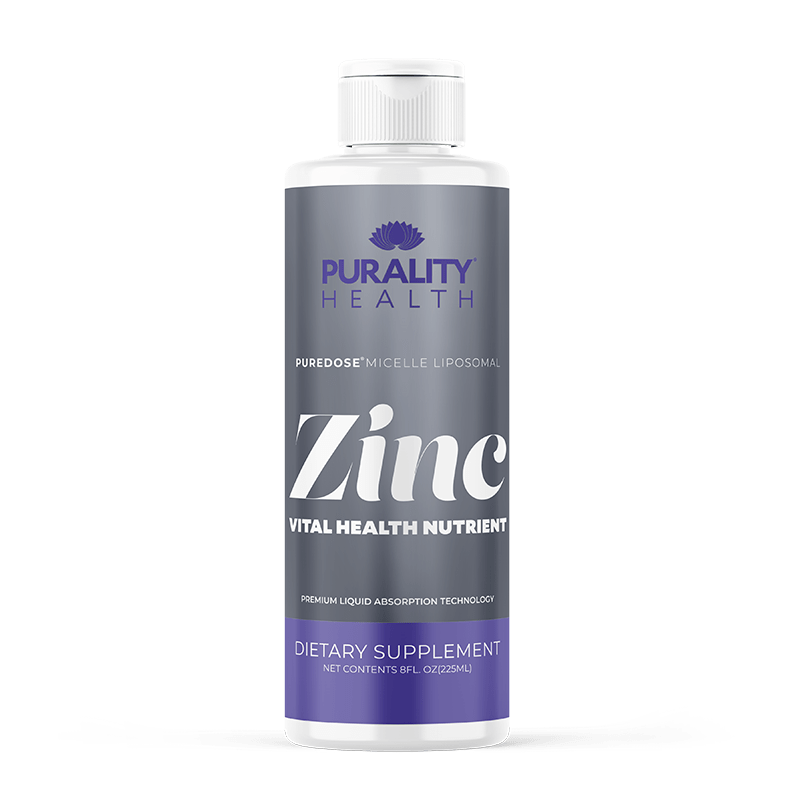
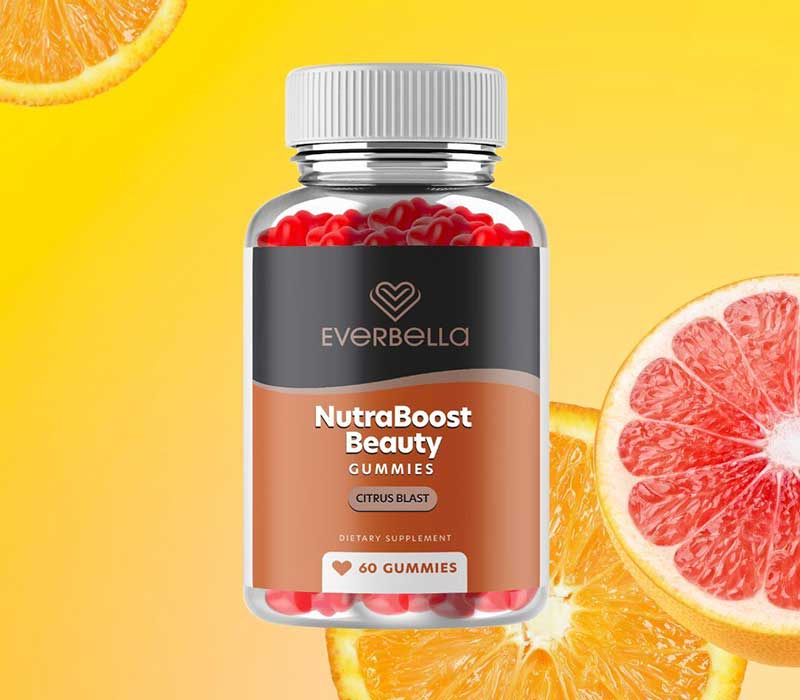
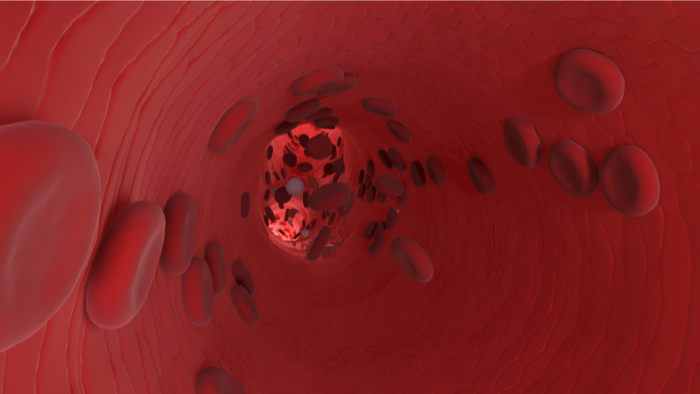 7. Promotes health of the blood vessels
7. Promotes health of the blood vessels